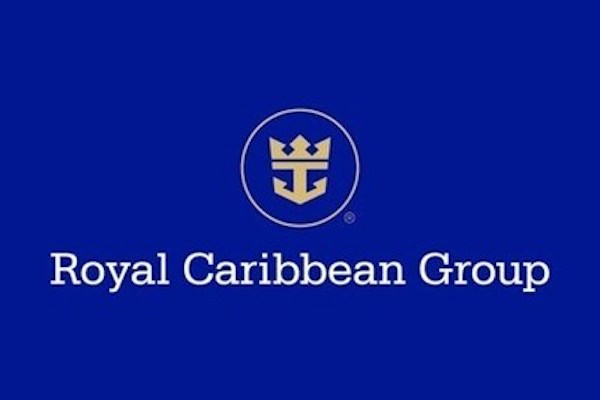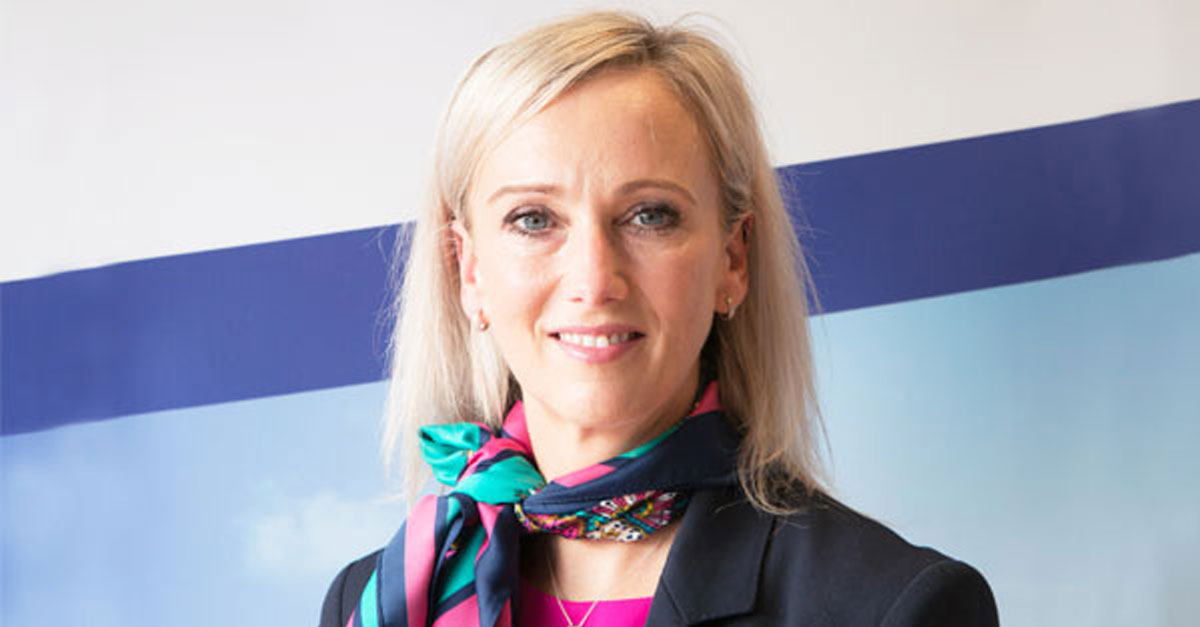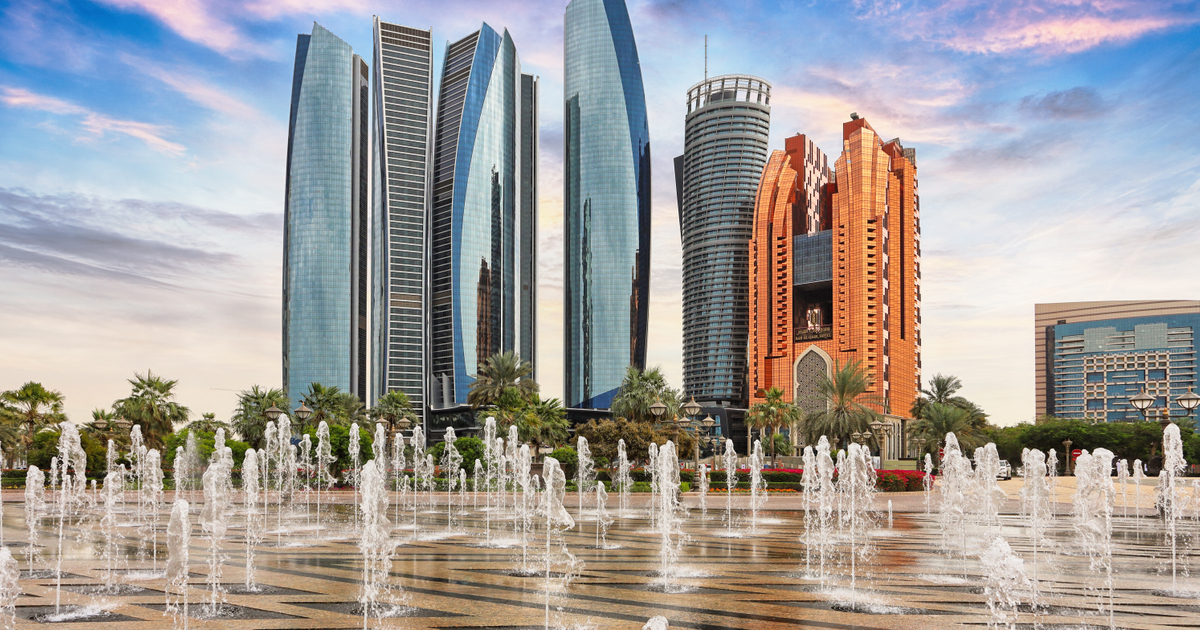Royal Caribbean Group plots ‘Destination Net Zero’ pathway
Cruise company to confirm sustainability goals before 2024

The Royal Caribbean Group has outlined plans to develop a set of sustainability goals over the next two years as it looks to achieve net zero emissions by 2050.
Each goal will be validated by the Science Based Targets initiative (SBTi), which shows companies how to reduce greenhouse gas emissions efficiently and limit global warning.
The company, parent to cruise lines Royal Caribbean International, Celebrity Cruises, and Silversea Cruises, is targeting the delivery of a net zero cruise ship by 2035.
Silversea recently announced plans to launch what it claims to be the cruise industry’s first hybrid-powered ship in 2023.
The new class of ships will use three sustainable power sources – a fuel cell system, battery technology and dual fuel engines using liquefied natural gas (LNG) as the main fuel.
Royal Caribbean said the programme – Destination Net Zero – would include: modernising the company’s global fleet; investing in energy efficiency programmes; developing alternative fuel and power solutions and improving shore-based supply chains.
Chairman and chief executive Richard Fain said: “Decades ago, we set out on a course to advance sustainability; our vision now is to realise carbon-free cruising over the next two decades.
“Today we are announcing the most important destination of all in our company’s history – Destination Net Zero – an ambitious strategy to cut emissions, protect our oceans, and ensure the viability of the hundreds of destinations that our guests and crew members care deeply about.”
Silvia Garrigo, Royal Caribbean Group chief environmental social governance officer, said: “Destination Net Zero will help guide our decision-making in the years to come and builds on Royal Caribbean Group’s continuous improvement mantra.
“While we may not have all the answers now, this comprehensive company-wide strategy amplifies our focus on long-term emissions reduction and provides us a roadmap for how to get there.”

 Fransebas
Fransebas 
































